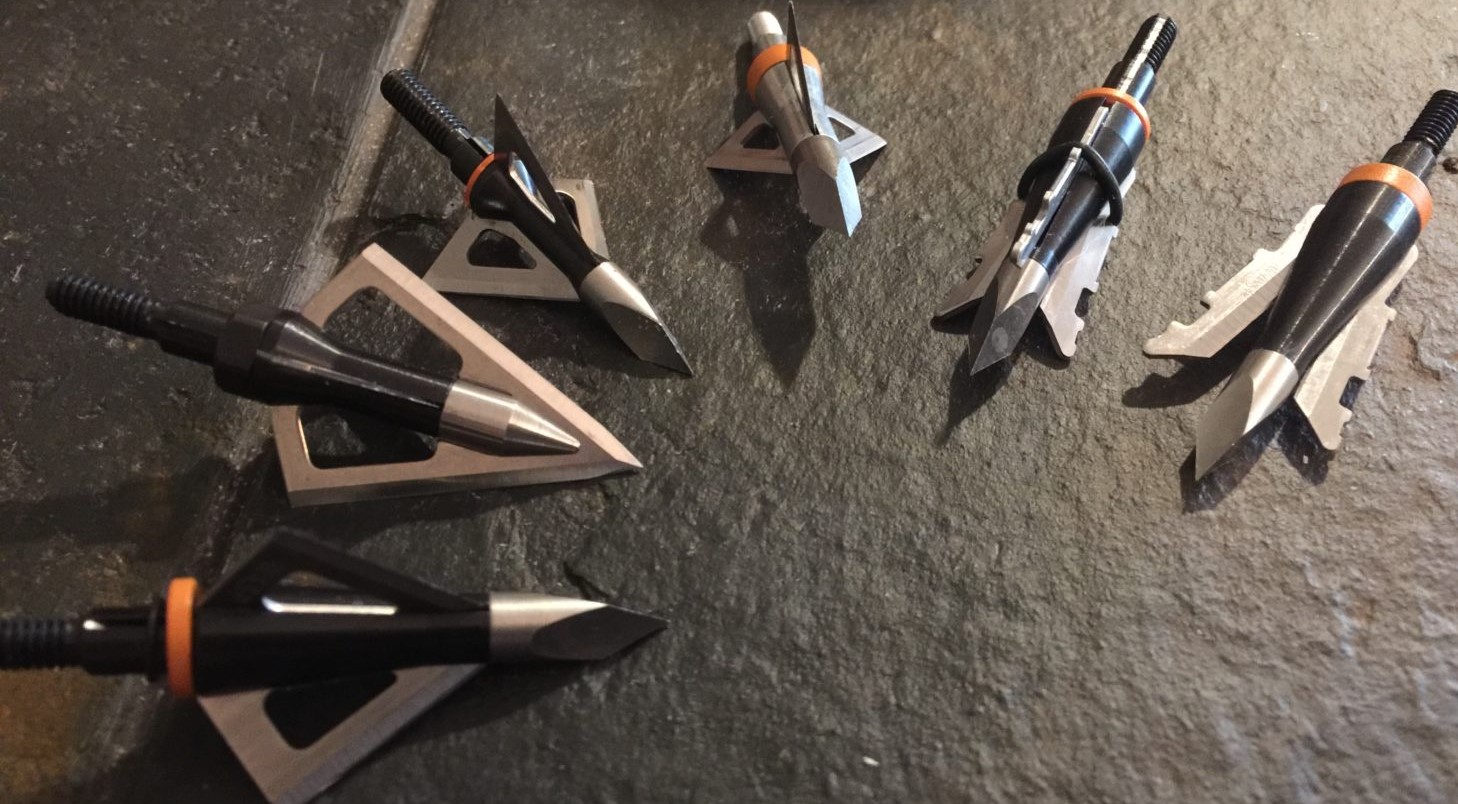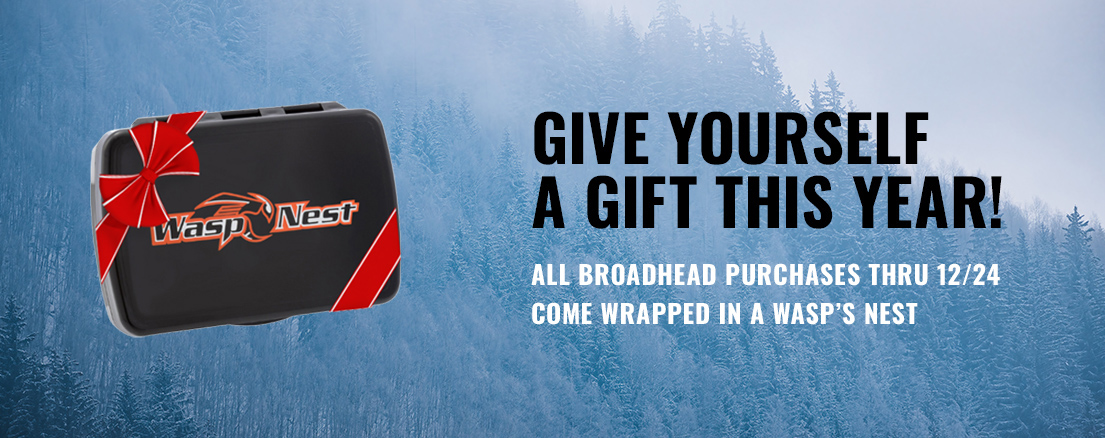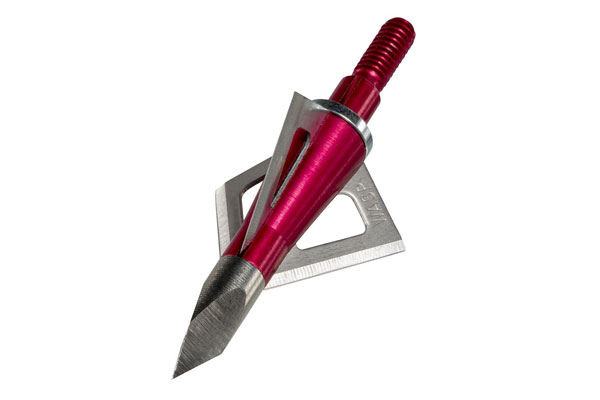Choosing the right cutting diameter for your broadhead
Depending on the type of game you’re hunting and the way you prefer to hunt, the cutting diameter of your broadhead can have a big impact on your overall success. Most fixed-blade broadheads feature a cutting diameter of less than 1 1/4 inches, while many mechanical heads feature blades that expand to greater diameters for increased surface area and friction. Here are some key points to consider when determining the right cutting diameter for your next hunt.
Accuracy
The cutting diameter decision is important, but you still need to be able to effectively place your shot to have the most lethal effect. With that said, cutting diameter can provide some forgiveness on a less-than-perfect shot by casting a wider impact when the broadhead lands. We’ve heard countless stories of hunters slightly missing the mark but still taking down the animal due to the wider blades catching vitals.
It’s harder to maintain an accurate shot when the blades are protruding far from the head. Compact fixed-blade broadheads can be less prone to sailing than larger heads but do sacrifice some of their cutting diameter. Mechanical heads allow you to achieve increased cutting diameter without sacrificing accuracy. The arrow flies like a field tip with the blades secured against the ferrule before expanding on impact to create a large cut.
Penetration
The general notion is that bigger blades equal bigger wounds and better blood trails – which is mostly true. Fixed blades with a smaller diameter may not create as much of a blood trail, but will usually provide more penetration and perform better in taking down bigger-boned animals. Too much diameter can significantly reduce penetration, making it important to find a balance between accuracy and penetration.
Kinetic energy
Kinetic energy (KE) must be considered in choosing your cutting diameter. A larger cut requires more KE to penetrate effectively. You should ultimately choose a diameter that will allow you to consistently get passthroughs. If you have a higher draw weight – 50 pounds or more – and are able to put more speed and kinetic energy into the shot, a larger diameter will serve you better. In the debate of fixed versus mechanical, the latter tend to not perform as well on bone, as some KE is lost when the blades open on impact. Beware that some mechanicals (that aren’t Wasp) are also prone to failure, and may not even open on impact in the first place.
The proven performance of Wasp broadheads
There’s one thing that’s always true about those “big one that got away” stories: the hunter wasn’t shooting Wasp. There’s a reason our broadheads have been trusted by hunters and feared by animals for over 45 years. Our collection includes a wide variety of fixed-blade and mechanical broadheads to give you unsurpassed accuracy, strength, and penetration on every shot. Stop blaming your broadhead and start shooting Wasp. Shop our products today.
View All Posts

